The Heart-Tearing Story Behind The Photo: Father Comforts Son On Deathbed
AIDS, beyond its severity, sparks social stigma and discrimination against patients. The family bond crucially provides emotional support and combats isolation.
Many heartbreaking cases were told. One poignant example is the iconic photograph published in Life magazine, often dubbed the “picture that changed the face of AIDS.”
This image deeply humanizes AIDS victims by portraying them as individuals with families, challenging societal perceptions and stereotypes. It particularly confronted conservative viewpoints that opposed addressing AIDS under the banner of family values.
The making of the iconic image
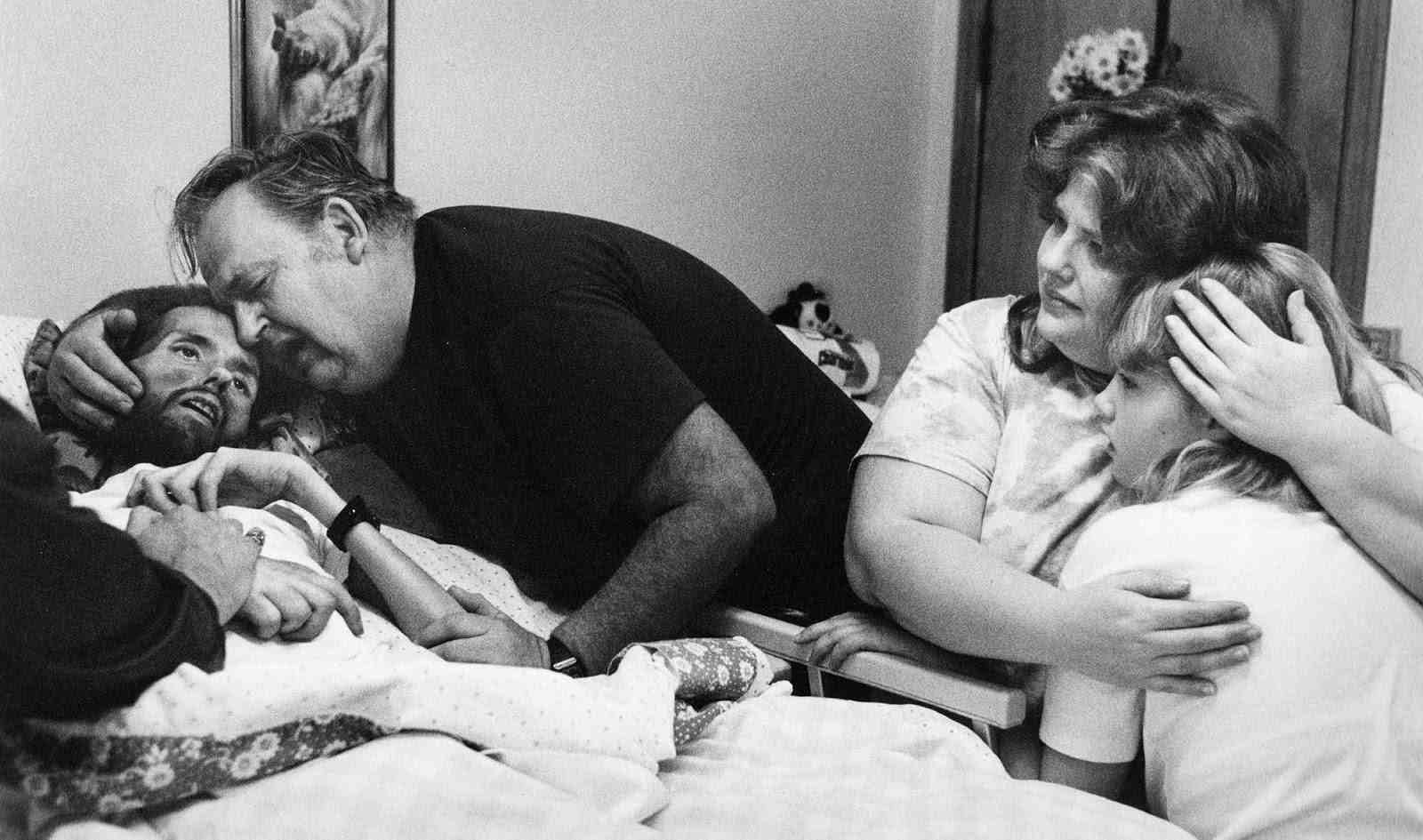
In November 1990, LIFE magazine published a powerful photograph of David Kirby, a young man dying from AIDS. His frail body and distant gaze captured the attention of many. Surrounding him were his grieving family members, witnessing his final moments.
This haunting photo, taken by journalism student Therese Frare, quickly became the most recognized photograph representing the HIV/AIDS epidemic.
“I started grad school at Ohio University in Athens in January 1990,” Frare told LIFE.com. “Right away, I began volunteering at the Pater Noster House, an AIDS hospice in Columbus. In March I started taking photos there and got to know the staff and one volunteer, in particular, named Peta who were caring for David and the other patients.”
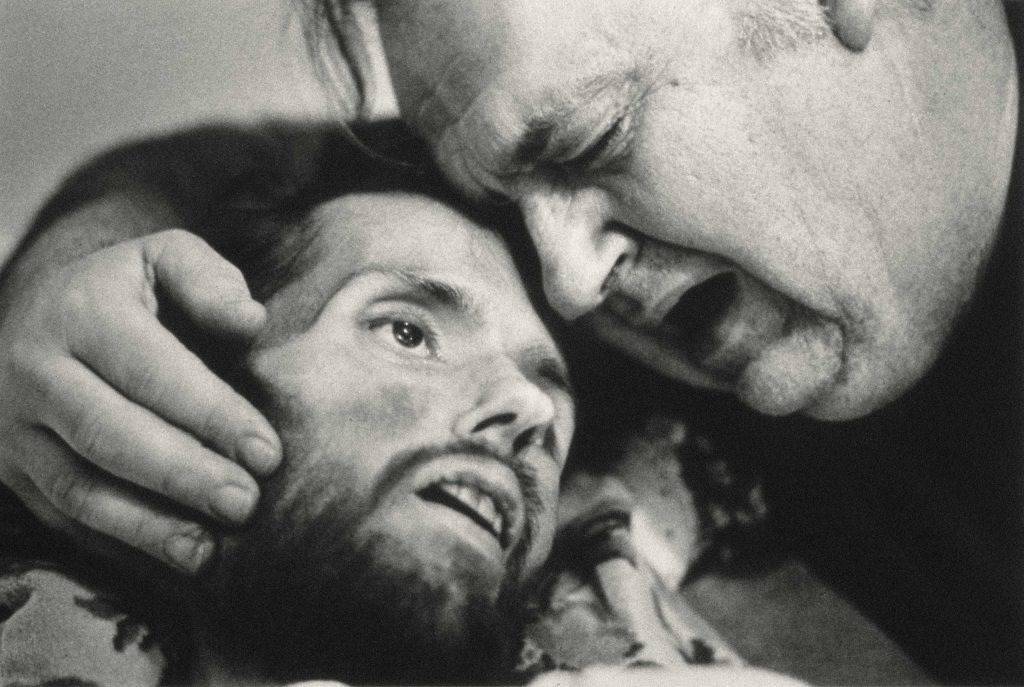
The photographer recalls: “On the day David died, I was visiting Peta (one of David’s caretakers in Pater Noster House). Some of the staff came in to get Peta so he could be with David, and he took me with him.
I stayed outside David’s room, minding my own business when David’s mom came out and told me that the family wanted me to photograph people saying their final goodbyes.
I went in and stood quietly in the corner, barely moving, watching and photographing the scene. Afterward, I knew, I absolutely knew, that something truly incredible had unfolded in that room, right in front of me.
Early on, I asked David if he minded me taking pictures, and he said, ‘That’s fine, as long as it’s not for personal profit’. To this day I don’t take any money for the picture.
But David was an activist, and he wanted to get the word out there about how devastating AIDS was to families and communities. Honestly, I think he was a lot more in tune with how important these photos might become.”
By that time, millions worldwide were infected, many without knowing. The photograph brought the human side of the crisis to the forefront, changing how people viewed the epidemic.
The heartfelt story of David Kirby
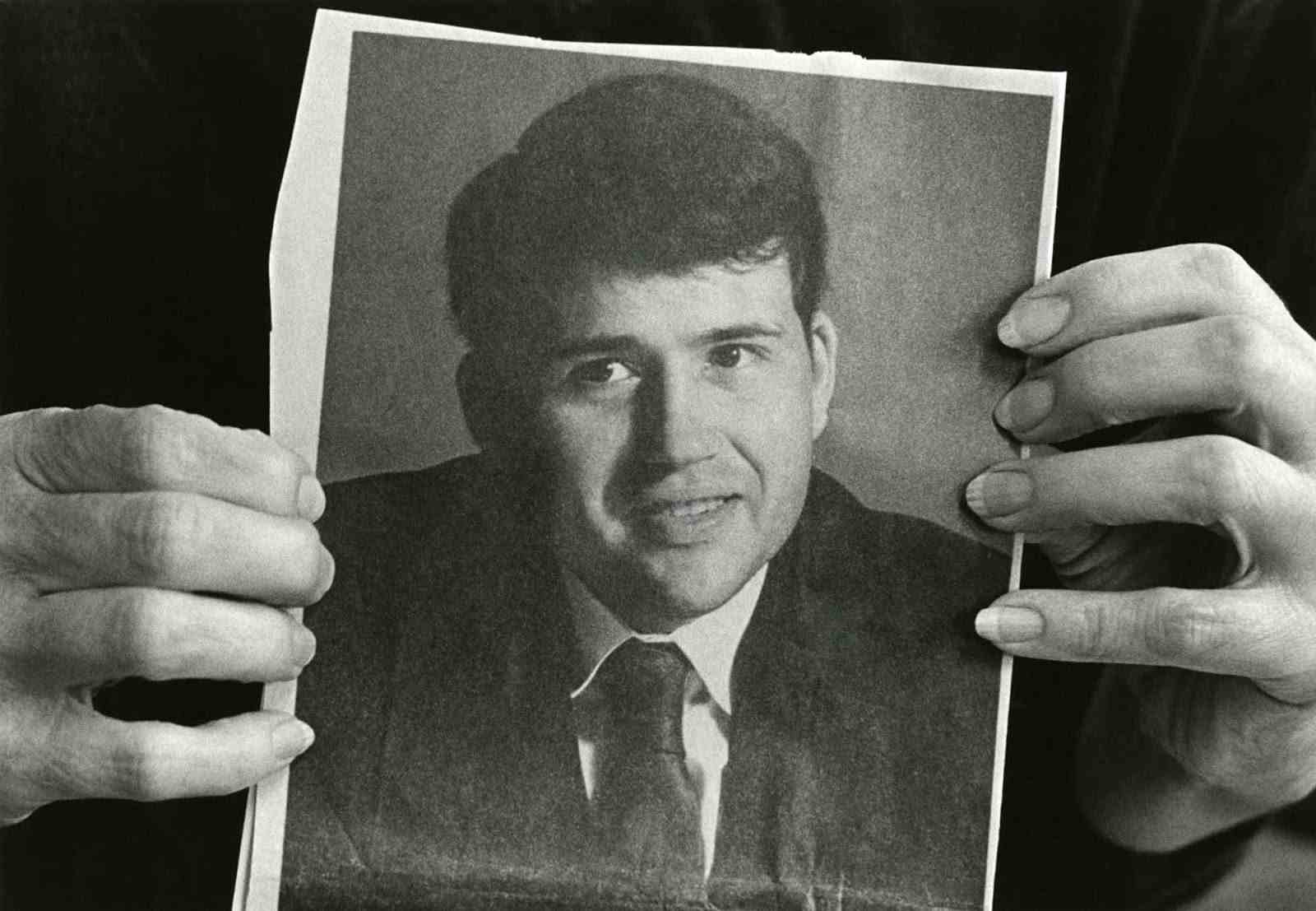
David Lawrence Kirby (December 6, 1957 – May 5, 1990) was an American HIV/AIDS activist. Before the disease took its toll, he was a strong and handsome man. In the 1980s, David was a dedicated gay activist.
In the late 1980s, while living in California, he learned he had contracted HIV and was estranged from his family. He contacted his parents, expressing a desire to come home to die surrounded by family. They welcomed him back with open arms.
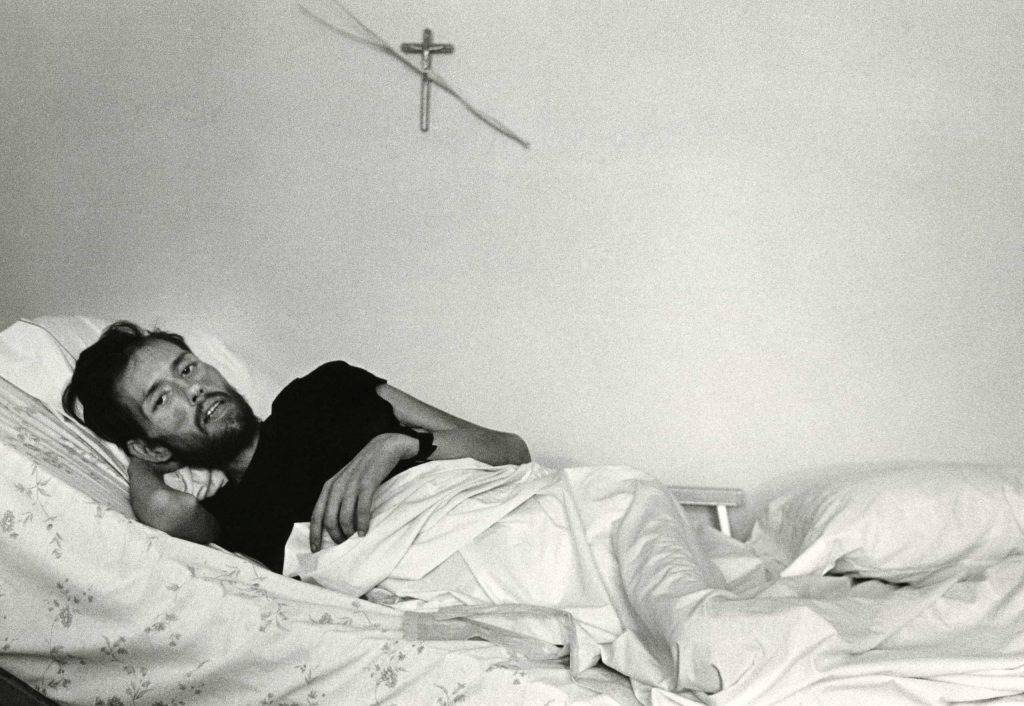
When LIFE magazine published the photograph in November 1990, it shocked the American public. The graphic image made the AIDS crisis real for many who had only heard about it in abstract terms. At the time, AIDS was still widely seen as a “gay” disease, and there was little widespread knowledge about it.
David Kirby died in April 1990, at just 32 years old, seven months before the photo was published. The iconic image has since been seen by an estimated one billion people and reproduced in countless newspapers, magazines, and TV stories worldwide, sparking numerous discussions and controversies.
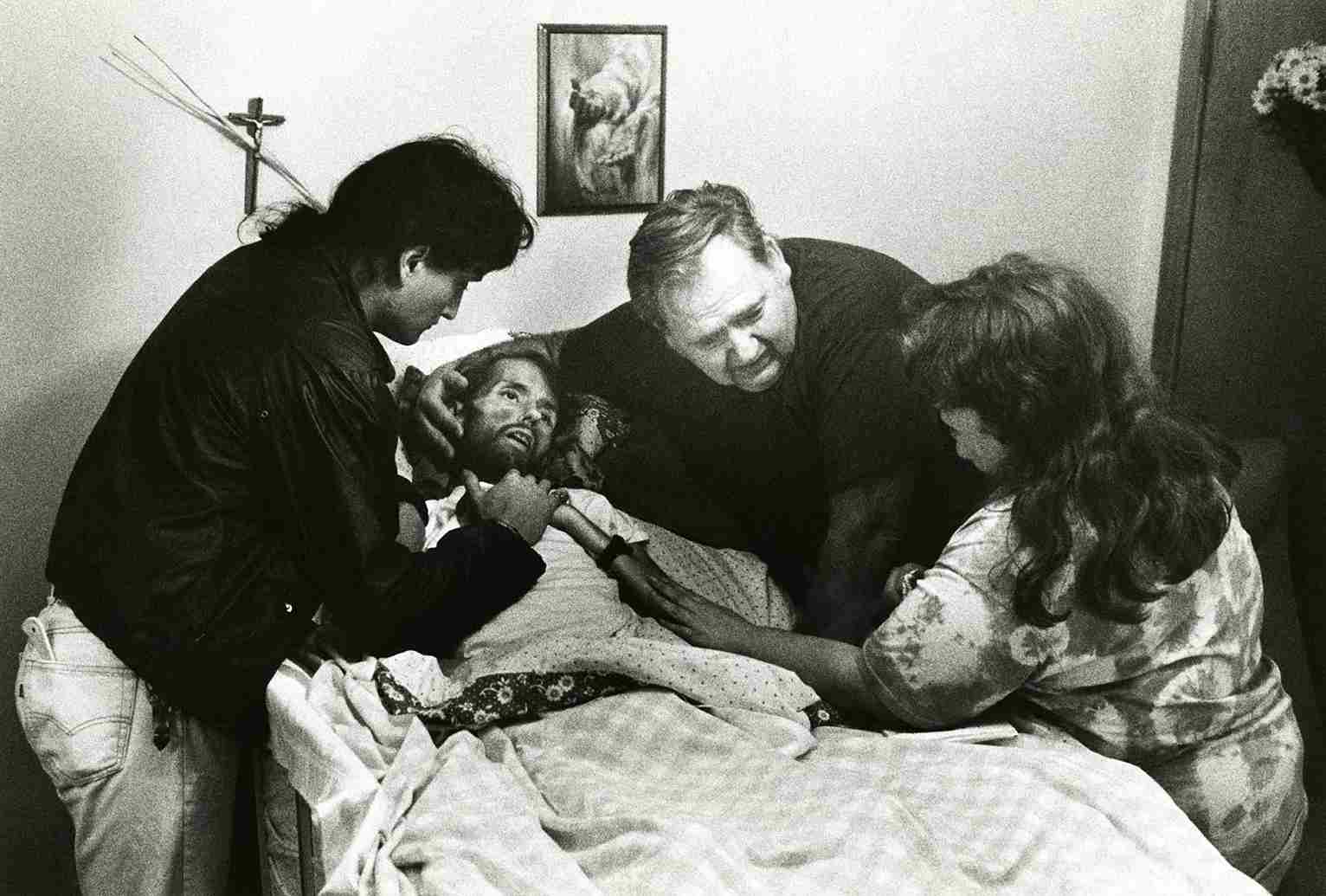
The photo allowed the public to connect deeply with the family’s grief. The original caption in LIFE magazine read:
“After a three-year struggle against AIDS and its social stigmas, David Kirby could fight no longer. As his father, sister and niece stood by in anguish, the 32-year-old founder and leader of the Stafford, Ohio, AIDS Foundation felt his life slipping away. David whispered: “I’m ready,” took a last labored breath, then succumbed.”
The Benetton campaign controversy
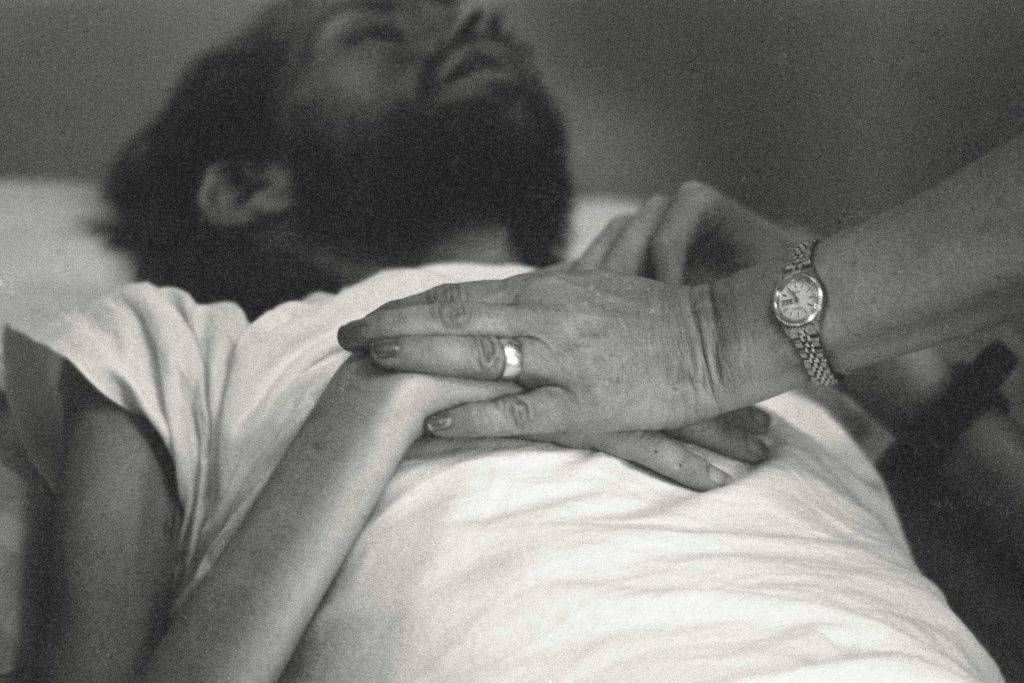
The photo of David Kirby gained national and international attention. The Kirby family allowed United Colors of Benetton to use it in a 1992 ad campaign to highlight AIDS’s impact. This sparked controversy, with the Catholic Church seeing it as an inappropriate allusion to the Virgin Mary and Jesus.
David’s father, Bill Kirby, said, ‘Listen, Therese. Benetton didn’t use us, or exploit us. We used them. Because of them, your photo was seen all over the world, and that’s exactly what David wanted.’ And I just held on to that.” Despite the backlash, the photo increased empathy for AIDS patients.
Frare’s photograph earned accolades but faced outrage from various groups, with calls for bans and boycotts. Despite this, the image brought AIDS into public view, fostering empathy and awareness.
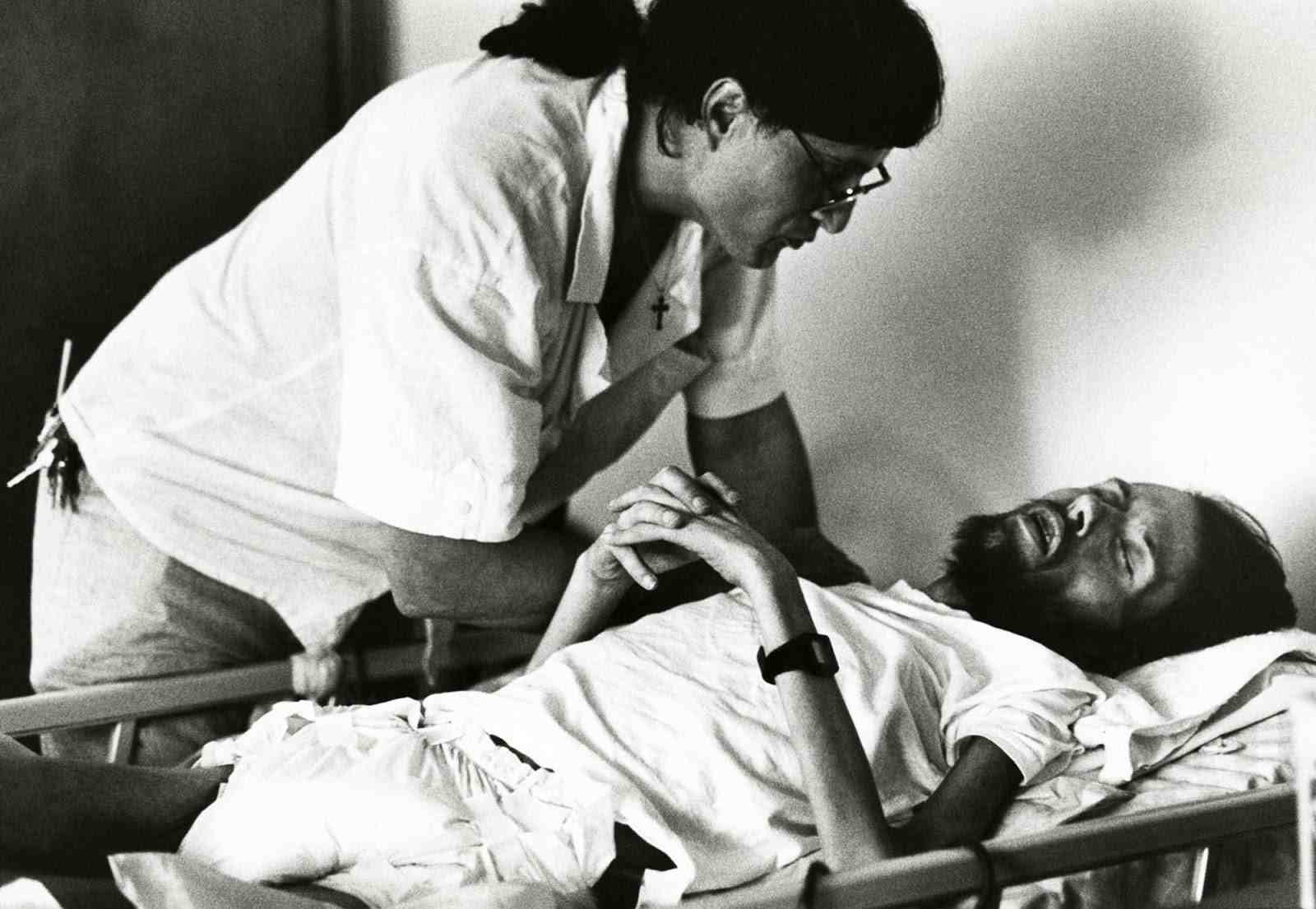
David’s mother, Kay, shared her thoughts: “We never had any reservations about allowing Benetton to use Therese’s photograph in that ad.”
“What I objected to was everybody who put their two cents in about how outrageous they thought it was when nobody knew anything about us, or about David. My son more or less starved to death at the end,” she said bluntly.
“We just felt it was time that people saw the truth about AIDS, and if Benetton could help in that effort, fine. That ad was the last chance for people to see David, a marker to show that he was once here, among us.”
Legacy and impact of the image
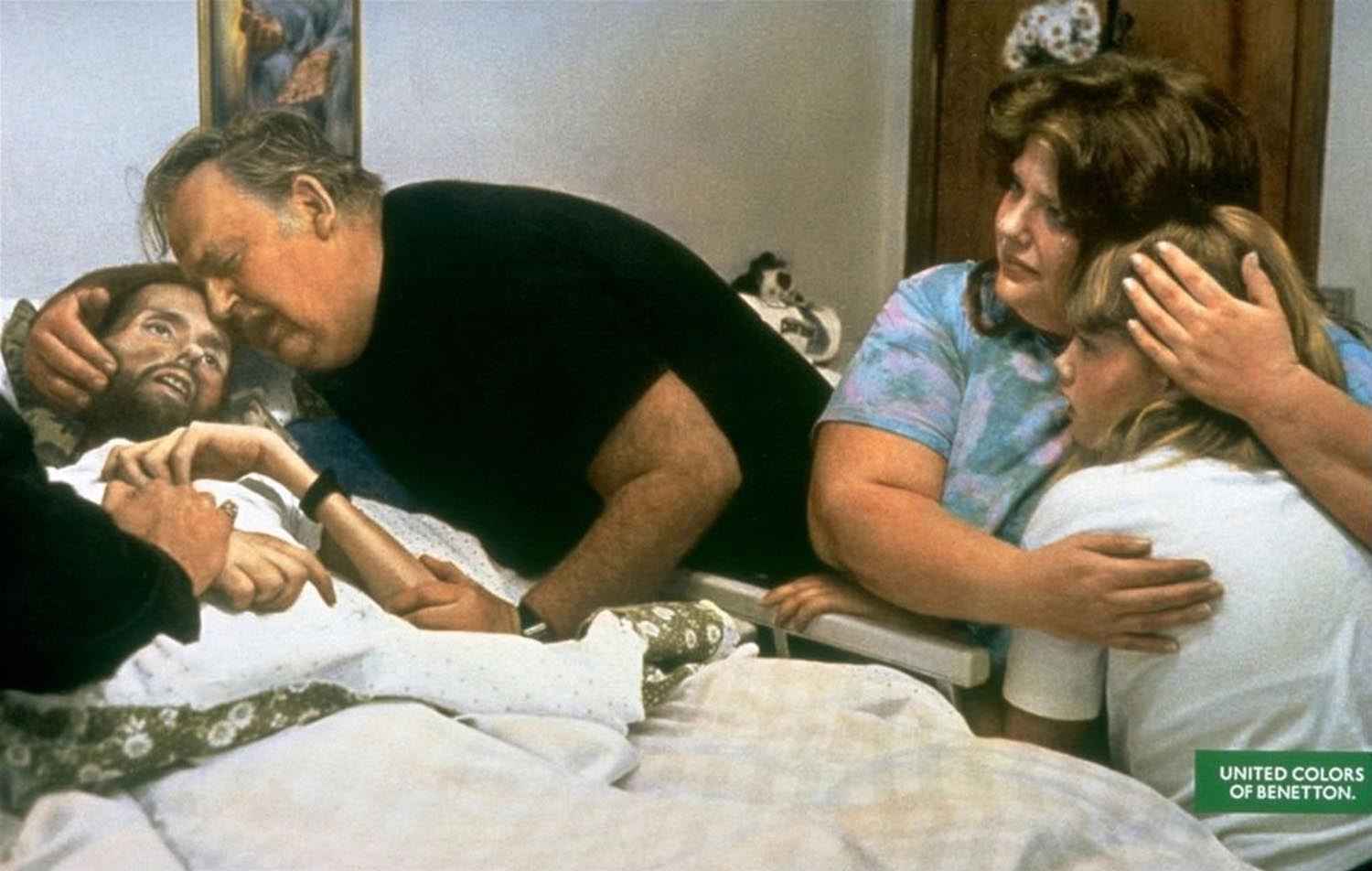
After the Benetton controversy, Therese Frare continued her photography career, freelancing for the New York Times and major magazines from Seattle. Her photograph of David Kirby played a significant role in reducing the stigma around AIDS.
Barb Cordle, volunteer director at Pater Noster, remarked that the photo “has done more to soften people’s hearts on AIDS than any other I have ever seen. You can’t look at that picture and hate a person with AIDS. You just can’t.”
In 2012, Frare shared Bill Kirby’s words: “Benetton didn’t use us, or exploit us. We used them. Because of them, your photo was seen all over the world, and that’s exactly what David wanted.”

